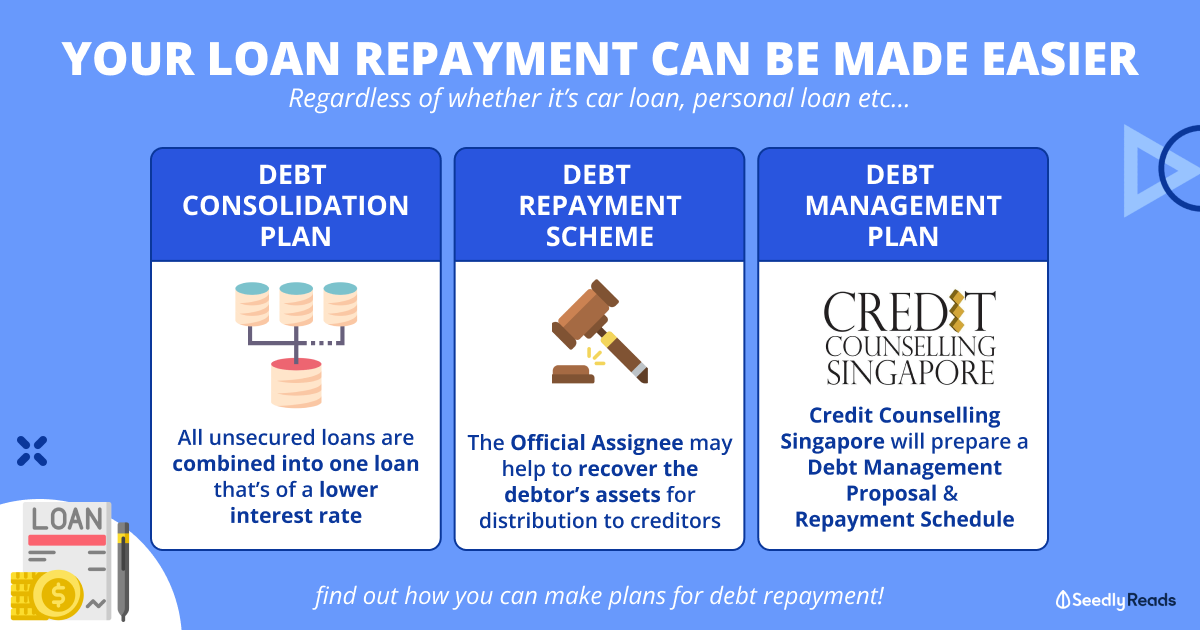Is Debt Combination Right for You? Much More Discussion Posted Here
Is Debt Combination Right for You? Much More Discussion Posted Here
Blog Article
Every Little Thing You Need to Learn About Producing a Customized Financial Obligation Administration Strategy
In the realm of individual financing, creating a customized debt monitoring strategy is commonly the keystone of achieving economic security and tranquility of mind. As you browse the intricacies of creating a personalized financial debt administration strategy, comprehending the ins and outs of each step is crucial to your financial success.
Examining Your Current Financial Obligation Scenario
One should first conduct a comprehensive analysis of their current debt commitments before formulating an effective financial debt administration strategy. Analyzing your existing financial debt circumstance is a critical initial step in getting control of your financial resources. Begin by gathering all required financial files, such as bank card statements, finance contracts, and any type of outstanding bills. Produce a breakdown of each financial obligation, including the overall amount owed, rates of interest, minimal month-to-month settlements, and due dates. This detailed overview will provide a clear image of your monetary standing and aid prioritize which financial obligations to deal with initially.
After assembling this details, calculate your overall debt-to-income ratio by separating your regular monthly financial obligation settlements by your month-to-month earnings. This ratio is a key indicator of your capacity to manage current financial obligation degrees efficiently. In addition, examine your credit scores report to recognize any kind of errors or inconsistencies that may be impacting your credit rating. Understanding these elements of your financial scenario will certainly guide you in developing an individualized financial obligation monitoring strategy customized to your certain needs and objectives.
Setup Financial Goals and Targets

When setting economic goals, it is very important to be certain, measurable, possible, appropriate, and time-bound (WISE) For instance, you may set an objective to pay off a specific quantity of financial obligation within a certain time framework, such as minimizing your bank card balance by $5,000 in the next one year - More Discussion Posted Here. By setting clear targets similar to this, you can track your progression and stay encouraged to attain your financial obligation monitoring objectives
Additionally, take into consideration prioritizing your financial obligations based on factors such as rate of interest, superior equilibriums, and settlement terms. By focusing on high-interest financial obligations first, you can conserve cash in the long run and accelerate your trip towards economic flexibility. Bear in mind, each person's economic situation is one-of-a-kind, so tailor your targets and objectives to fit your specific demands and scenarios.
Creating a Realistic Budget Plan
Crafting a distinct budget plan is a basic step in efficient financial obligation administration and monetary planning. A reasonable budget offers as a roadmap for your financial health, aiding you track your income, costs, and financial obligation repayments. To produce a sensible spending plan, start by noting all your sources of revenue.
When establishing budget plan limits, be truthful with on your own regarding your spending practices and economic commitments. Assign a part of your revenue in the direction of paying off financial obligation while ensuring you have some funds for savings and emergency situations. Routinely review and change your budget as needed to remain on track with your financial objectives and financial obligation repayment plan. By sticking to a realistic budget plan, you can efficiently handle your debt and work in the direction of a much more secure economic future.
Exploring Financial Debt Payment Strategies
After developing a realistic budget, the next essential action in effective financial obligation monitoring is to explore different financial debt payment strategies. One typical technique is the snowball approach, where you concentrate on repaying the smallest financial debts initially while making minimum settlements on bigger financial obligations. This technique can help construct energy as you see smaller debts being gotten rid of, supplying inspiration to tackle larger ones.
One more strategy is the avalanche technique, which entails focusing on debts with the highest rates of interest. By targeting high-interest financial obligations first, you can minimize the overall amount you pay in rate of interest in time. This approach might be a lot more affordable in the future, despite the fact that it may take longer to see individual financial obligations totally repaid.
Financial obligation loan consolidation is another alternative where you combine view several financial debts right into a single loan with a reduced rate of interest price. This can streamline your settlement procedure and potentially reduce the total rate of interest paid. However, it's important to thoroughly take into consideration the terms and charges connected with consolidation to guarantee it's the ideal choice for your monetary circumstance.
Tracking and Changing Your Plan

Changing your plan might entail reapportioning funds to tackle high-interest debts first, discussing with lenders for reduced rates of interest or far better payment terms, or checking out added income resources to quicken debt settlement. As your monetary scenario progresses, your financial debt monitoring plan need to adapt as necessary to stay effective. By remaining adaptable and aggressive in surveillance and adjusting your plan, you can maximize your initiatives towards repaying your financial obligations effectively and achieving your monetary goals.
Conclusion
Finally, producing a personalized debt administration strategy includes evaluating present debt, establishing financial goals, producing a realistic budget plan, exploring payment strategies, and tracking and changing the strategy as required. visit this website By complying with these steps, individuals can take control of their monetary situation and work towards becoming debt-free. It is essential to stay self-displined and devoted to the strategy in order to achieve long-term monetary stability.
One need to first conduct a thorough evaluation of their current financial debt responsibilities prior to developing an efficient financial debt administration strategy.After establishing a realistic budget, the next crucial step in effective debt management is to discover numerous financial obligation payment approaches - More Discussion Posted Here.To successfully handle your financial obligation, continuous useful site tracking and modification of your debt management plan are crucial components for lasting economic stability.Adjusting your strategy might entail reapportioning funds to deal with high-interest financial obligations first, bargaining with lenders for lower interest rates or far better settlement terms, or checking out extra earnings sources to accelerate financial obligation payment.In final thought, producing a customized financial obligation administration plan entails evaluating present debt, setting economic goals, creating a reasonable budget, checking out settlement strategies, and tracking and changing the strategy as needed
Report this page